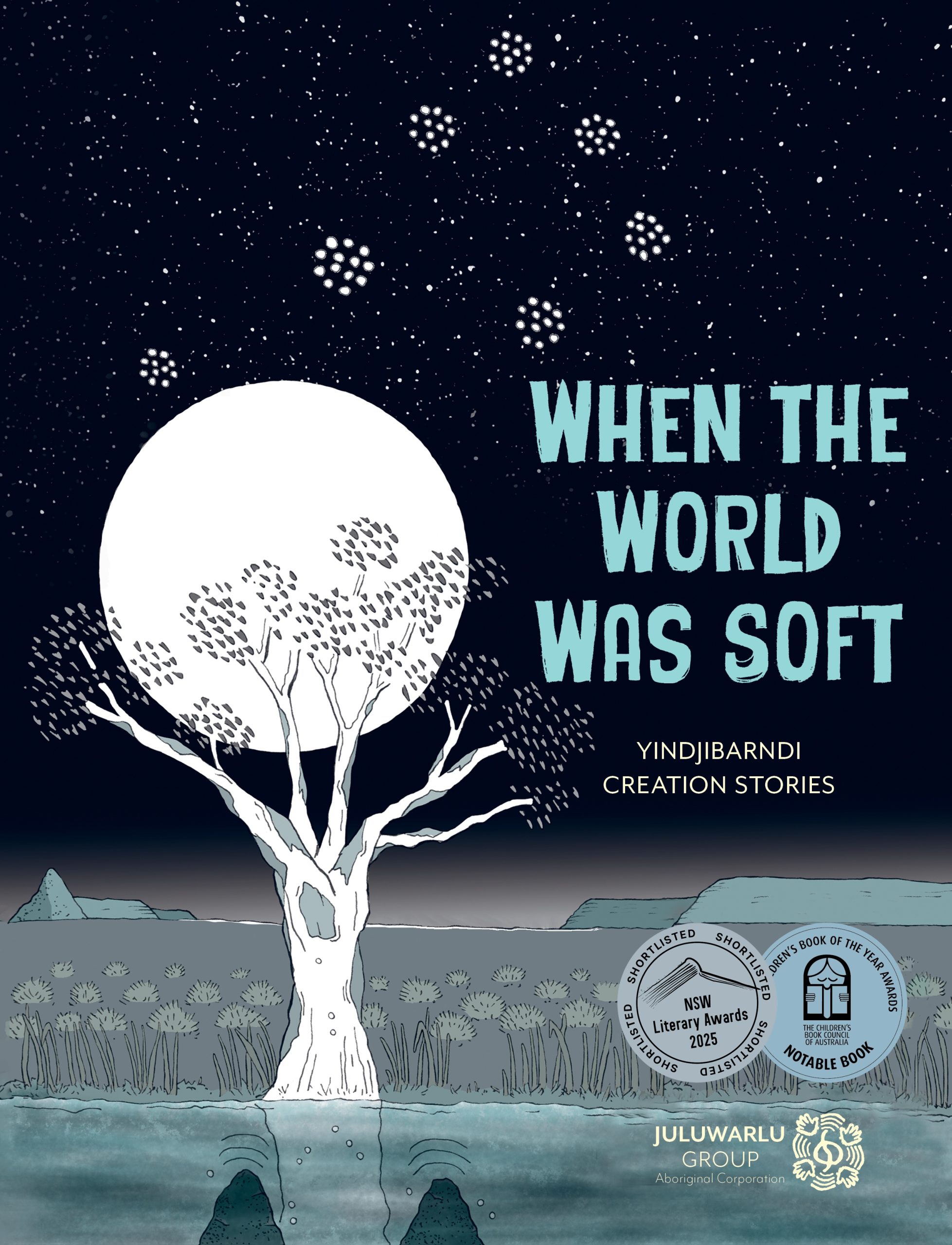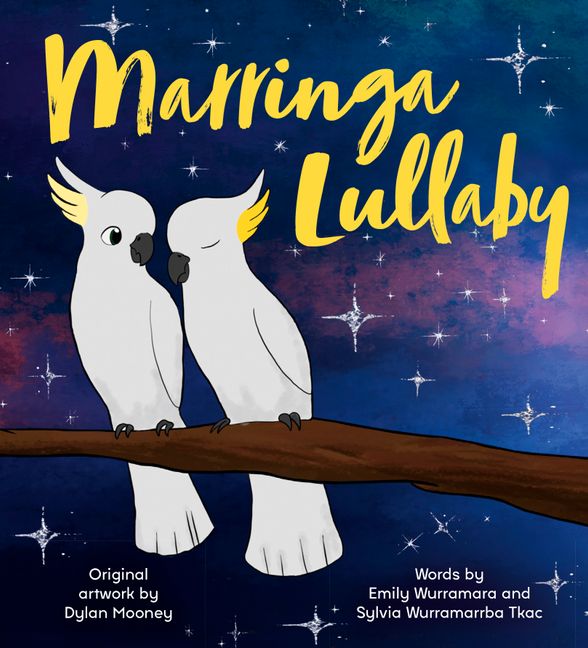
Design & Building on Country: First Knowledges for younger readers
By Alison Page & Paul Memmott
Illustrated by Blak Douglas
Reviewed by Mia Macrossan
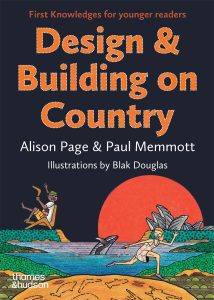 This title is part of the First Knowledges for Younger People series which celebrates the wisdom and ingenuity of the First Peoples of Australia. They aim to give children a better understand of history and to look to the future with fresh eyes.
This title is part of the First Knowledges for Younger People series which celebrates the wisdom and ingenuity of the First Peoples of Australia. They aim to give children a better understand of history and to look to the future with fresh eyes.
They are based on the adult books of the same name which include Songlines by Margo Neale & Lynne Kelly, 2020, and Caring for Country by Bill Gammage & Bruce Pascoe planned for 2025.
Design & Building on Country shows how the Aboriginal people have been skilled builders and designers for over 65,000 years. The book comprises nine chapters describing and explaining many aspects of Aboriginal life: from relationship to country to daily life, from feasts to making camps and shelters, from making weapons to building traps and more. Each topic explains how the relationship to Country is significant and important in every endeavour, how it impacts every aspect of life, both spiritual and material.
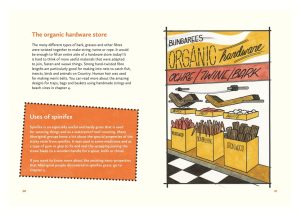 Each chapter is enlivened by personal stories and accounts which help to make the sometimes dry text accessible to young readers. The bright colourful illustrations by Blak Douglas are plentiful and useful in aiding comprehension. The book’s design is child friendly, e.g. Bungarees full page ‘ad’ for organic hardware is humorous and memorable.
Each chapter is enlivened by personal stories and accounts which help to make the sometimes dry text accessible to young readers. The bright colourful illustrations by Blak Douglas are plentiful and useful in aiding comprehension. The book’s design is child friendly, e.g. Bungarees full page ‘ad’ for organic hardware is humorous and memorable.
The book’s main focus is on the past with the last two chapters Aboriginal architecture today, & Design futures, about the present and the future. As part of the end matter there is a two page section, Your Turn, where readers are invited to explore their own world, to look with fresh eyes at artefacts in a museum, to build something with bark, to look up a seasonal native food calendar, to look at stories about important objects in their lives and more. Each of these great suggestions to extend the reader would have benefited by being expanded to a whole page each and placing them at the end of each relevant chapter.
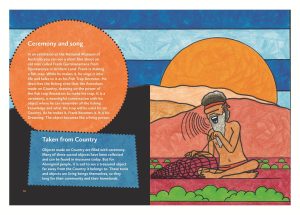 Tucked in between information about the authors and a comprehensive index is a section called Important Words and Concepts. The definitions, such as anthropologist, aerofoil, and archaeologist would have been more useful placed in a box next to the relevant text while the concepts, such as colonisation, intergenerational trauma, kinship and rematriating could have been discussed and explained in more detail in an introductory chapter and/or elaborated on in a box next to the relevant text. Placing this crucial information at the end does not help a child reader come to grips with these important issues.
Tucked in between information about the authors and a comprehensive index is a section called Important Words and Concepts. The definitions, such as anthropologist, aerofoil, and archaeologist would have been more useful placed in a box next to the relevant text while the concepts, such as colonisation, intergenerational trauma, kinship and rematriating could have been discussed and explained in more detail in an introductory chapter and/or elaborated on in a box next to the relevant text. Placing this crucial information at the end does not help a child reader come to grips with these important issues.
However, overall this is an important, useful and attractive resource for schools and their libraries as it contains much detailed information that will inform and fascinate young readers.
Thames & Hudson Australia 2024
Alison Page
Paul Memmott
Blak Douglas



